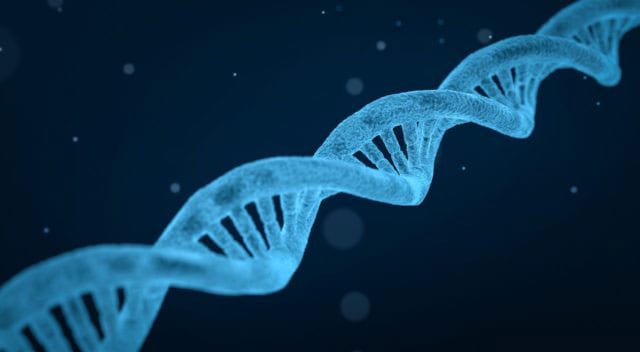According to a recent article, a new study from Boston Children’s Hospital shows that a first-of-its-kind gene therapy technique has succeeded in reversing severe hearing loss from a mutation to the STRC gene in mice.
Stereocilin (STRC Gene)
The STRC gene provides instructions for making a protein called stereocilin. This protein is found in the inner ear and appears to be involved in hearing.
Stereocilin is associated with hairlike structures called stereocilia, which project from specialized cells called hair cells in the inner ear. Specifically, stereocilin helps to maintain the structure of stereocilia by linking their tips to one another. Stereocilia bend in response to sound waves, triggering a series of reactions within hair cells that generate a nerve impulse. Such nerve impulses are transmitted via the auditory nerve to the brain, where they are interpreted as sound.
The Study
Although hearing loss has been linked to mutations in over 100 different genes, 16% of genetic hearing loss is due to the STRC gene. Therefore, the team at Boston Children’s Hospital developed the gene therapy technique that replaces the mutated gene in the inner ear. This technique has been successful in reversing severe cases of hearing loss in mice and has even occasionally led to normal hearing levels.
The next steps are to test if the new technique will work with the human STRC gene. To do this, the team will take human ear cells from patients who experience STRC hearing loss and see if the gene therapy can restore the hearing function at the tissue level. If this is successful, they hope to get FDA approval to begin testing the technique in human subjects.
A New Gene Therapy
In order to deliver a healthy sterocilin gene, the team used a virus that is effective in targeting hair cells, a synthetic adeno-associated virus (AAV). Scientists also had to split the STRC gene from the mouse into two, and then put the two pieces into respective AAVs. Then, using the existing protein recombination technique, the two halves of the protein were able to find each other and hook up. However, the team ran into an issue of signals being lost between the two halves. To rectify this, they added the signal to both sides of the halves which allowed them to come together successfully.
Restoring Hearing
To test the hearing in the mice after implementing the gene therapy, researchers used a hearing test like one used for babies, along with a test that measured the auditory brainstem responses to different sounds through electrodes. The tests proved the mice had improved cochlear amplification, as they were more sensitive to subtle sounds. Furthermore, in certain cases the mice had their hearing restored to normal levels.
The team also looked into the number of people who carry STRC mutations. They found that around 100,000 patients in the United States and 2.3 million people worldwide carry the STRC mutation. This means that these mutations are more common than scientists originally thought and could make the therapy beneficial to a larger number of people.







